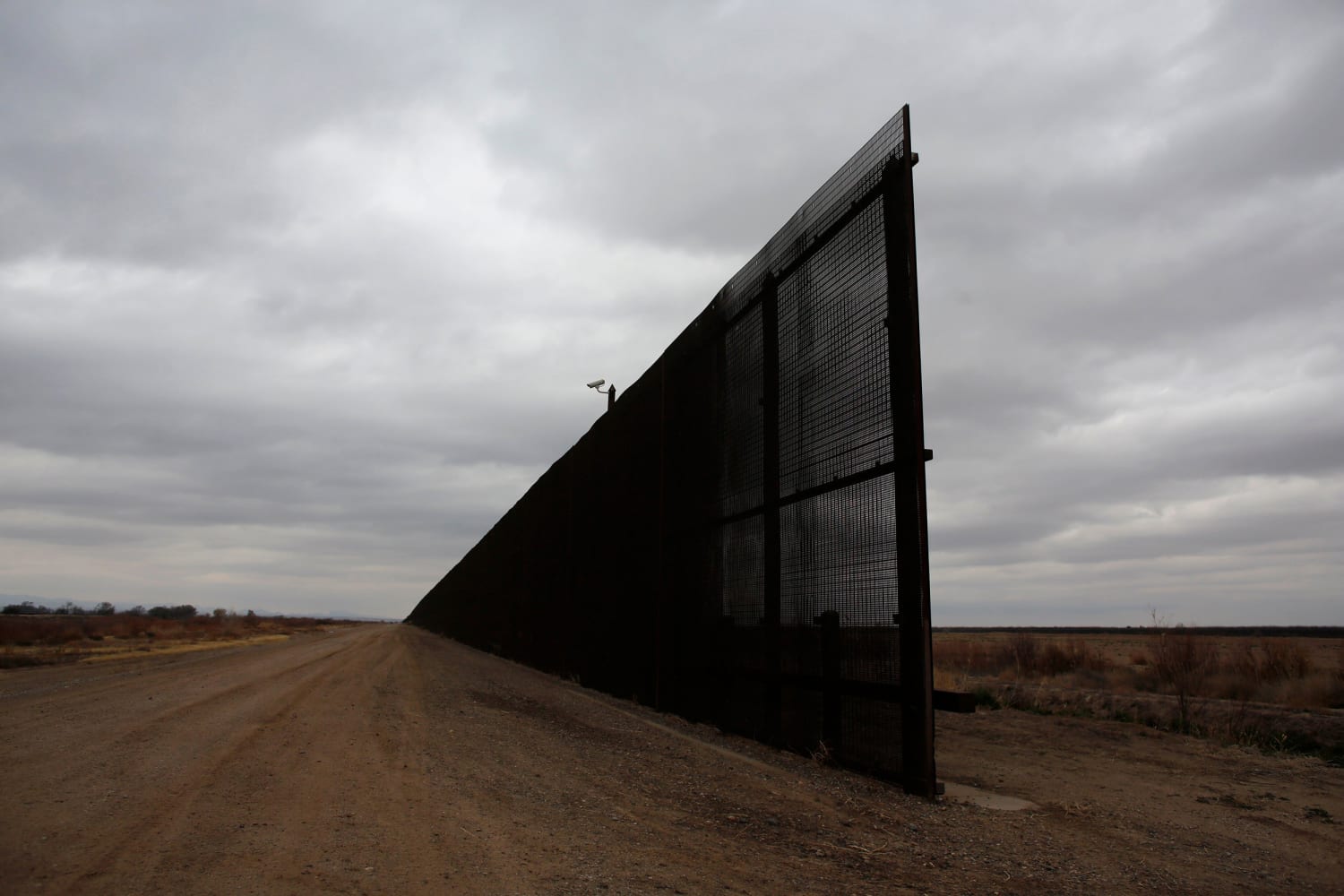The poem I chose is “To Abuelita Neli.” This poem shows the difficulties immigrants have to deal with. We can see how much trouble Zamora went through crossing the borders and surviving. He explains the struggles he is having from being in the US to his Abuelita who is in Mexico.
We know this poem is from around 2009 since he mentions in the poem that “today, this country chose its first black president,” who was Barack Obama. He starts off the poem by saying how many times he had to make fake passports to keep moving around the US and lying about his birthplace in order to hide. He does apologize for lying about his birthplace because it would seem disrespectful. In line 5, he italicized “choose” to emphasize that he doesn’t want to have a choice in marrying. I took that in two different ways: (1) he wasn’t given many opportunities so he doesn’t want to have this choice as well or (2) in the US, it is normal for people to choose who they marry and not do an arranged marriage, so he is following that tradition. He explains to his Abuelita that he can’t go back home because he can’t cross the border. He has already made so many fake passports that he won’t have the opportunity to get papers. He compares himself to a parakeet which are considered small and vulnerable birds. Zamora sees himself vulnerable in a world with so many opportunities that he isn’t allowed to have. Line 8 would be a metaphor since he is comparing himself to a parakeet but he isn’t using any similes.
Not only does he explain his struggles, we also know that his parents were already across the border before he turned one. In line 11-12, he states how Abuelita and him both celebrated his birthday without his parents. He states that he can’t be a citizen because he can’t get papers which he stated in lines 6-7. He also states how he won’t have to be working anymore since he is hidden in the US away from border control. He ends the poem telling Abuelita that his friends don’t know the real truth about him being in the US. They see him as a traitor and he compares himself to a coconut, which is a metaphor. A coconut has two sides, brown on the outside and white inside. White would be considered as Americans and brown would be referring to the immigrants. His friends claim that he is lying about considering himself still benign one of his family, but since he left and won’t come back, they see him as an American.
Javier Zamora pointed out a lot of the struggles he went through by explaining the issues in hiding and being stuck in the US. He states that he feels vulnerable and small in a big world. He apologizes for not being able to come back and that he isn’t a traitor to his family. For the question directed to the poet: I noticed that in most of your poems, you always add spanish words/phrases in them. Why do you like to mix up the languages in your poem?
Gurranvir Kaur
 A day can change your life, it can change you. Being a nine-year-old boy, Javier Zamora an undocumented Salvadorian poet crossed the U.S.Mexican border in order to get where he is at now. A graduate from UC Berkeley and an inspirational poet. When reading his famous poem, “To President-Elect” I felt this cold breeze flow between my ears and inside my chest. The sensitivity of the topic bruises just like a peach, so softly and so quietly. He was able to implement so many straightforward a and hidden messages in this piece.
A day can change your life, it can change you. Being a nine-year-old boy, Javier Zamora an undocumented Salvadorian poet crossed the U.S.Mexican border in order to get where he is at now. A graduate from UC Berkeley and an inspirational poet. When reading his famous poem, “To President-Elect” I felt this cold breeze flow between my ears and inside my chest. The sensitivity of the topic bruises just like a peach, so softly and so quietly. He was able to implement so many straightforward a and hidden messages in this piece.